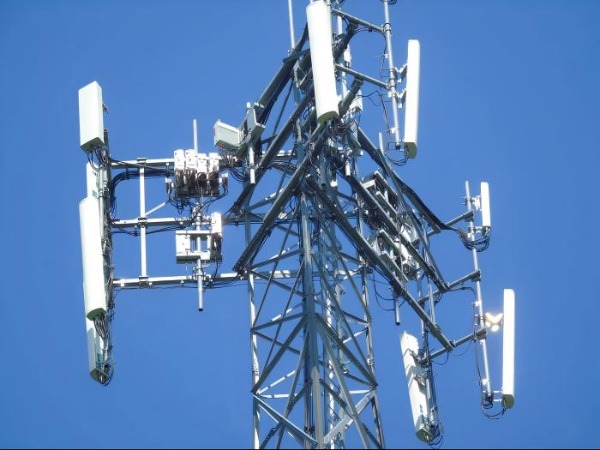In an era where sleek monopole towers are increasingly favored for urban 5G deployments, angle steel communication towers continue to hold their ground as the undisputed champions of high-load environments. From remote mountaintops to hurricane-prone coastal regions, their robust design and unparalleled engineering make them irreplaceable. Let's explore why these lattice giants remain the gold standard for extreme conditions.
1. Wind Resistance: Defying Nature's Fury
Angle steel towers are engineered to thrive in high-wind zones, thanks to their open-lattice structure. Unlike solid monopole towers, which act as large wind-catching surfaces, the lattice framework allows wind to pass through, drastically reducing wind load pressure.
Design Advantage: Triangular steel segments distribute stress evenly, preventing localized failures.
Case in Point: In typhoon-prone areas like Southeast Asia, angle steel towers regularly withstand winds exceeding 200 km/h, while monopoles often require costly reinforcements or risk buckling.
2. Earthquake Resilience: Flexibility Saves the Day
The modular, bolted connections of angle steel towers provide built-in flexibility, a critical feature for seismic zones. During earthquakes, the tower's joints absorb and dissipate energy, minimizing structural damage.
Monopole Limitations: Solid monopole towers, while sturdy, lack this “give,” making them more prone to catastrophic failure under intense lateral shaking.
Proven Performance: After the 2011 Tōhoku earthquake in Japan, angle steel towers in affected regions showed minimal deformation compared to other infrastructure.
3. Heavy-Load Capacity: Built to Carry More
High-load scenarios—such as mounting multiple large antennas, microwave relays, or future 6G arrays—demand towers with exceptional strength. Angle steel towers excel here due to:
Scalable Frameworks: Additional sections and cross-bracings can be bolted on to support heavier equipment.
Material Efficiency: The lattice design uses less steel per unit height than monopoles while maintaining higher load thresholds.
Example: Broadcast towers requiring massive UHF/VHF antennas (weighing 5+ tons) almost exclusively rely on angle steel designs.
4. Pushing Engineering Limits: Where Monopoles Can't Compete
- Angle steel towers dominate applications requiring extreme height or unconventional configurations:
-
Sky-High Reach: They routinely exceed 150 meters (e.g., CN Tower's communications mast), whereas monopoles rarely surpass 50 meters without stability compromises.
-
Custom Shapes: Lattice structures can be tailored for unique sites, such as sloping terrain or multi-operator “ tower farms.”
- 5. Beyond Structure: Cost, Maintenance, and Longevity
- While monopoles win in urban aesthetics, angle steel towers offer hidden advantages:
-
Lower Lifetime Costs: Minimal maintenance (e.g., repainting every 20+ years vs. monopoles' 10–15-year cycles).
-
Ease of Inspection: Open frameworks allow visual checks for corrosion or damage without specialized equipment.
-
Adaptability: Retrofitting for new technologies (e.g., adding IoT sensors) is simpler with modular designs.

- The Verdict: No Substitute for Steel's Might
- Despite the rise of monopoles, angle steel communication towers remain unmatched in high-load, high-risk environments. Their blend of wind/earthquake resilience, heavy-load adaptability, and engineering versatility ensures they'll continue to anchor critical infrastructure for decades. As one industry engineer put it: “Monopoles are the smartphones of towers—sleek and convenient. But when the storm hits, you'll want the ‘old-school’ angle steel in your corner.”
Learn more at www.alttower.com
